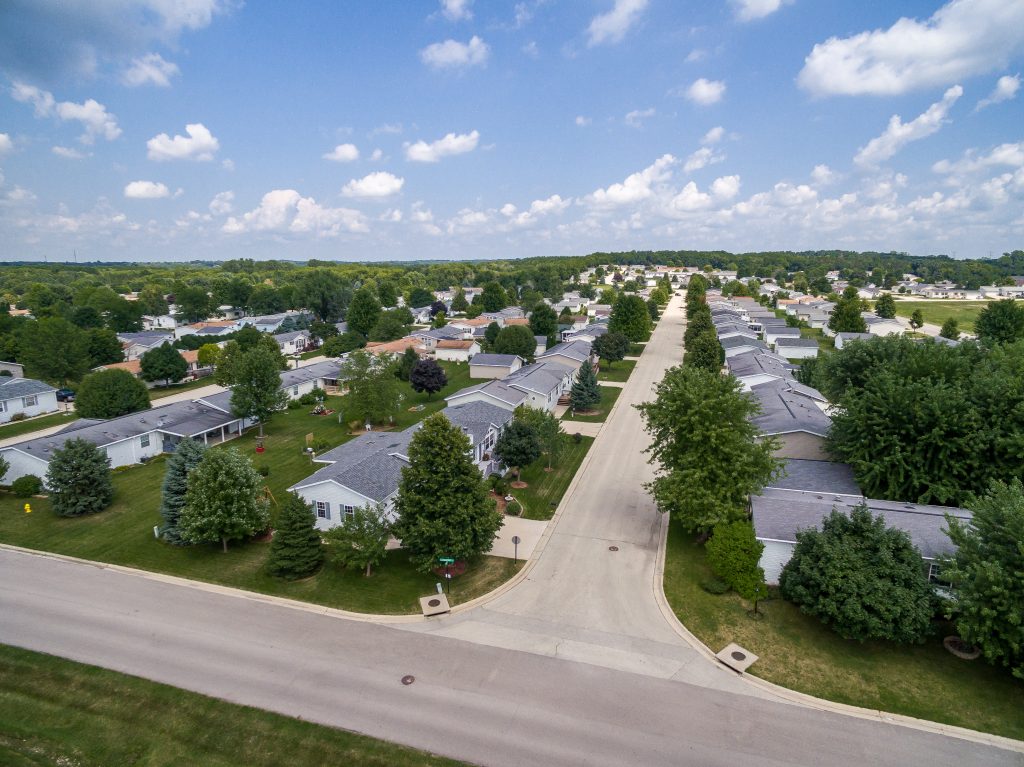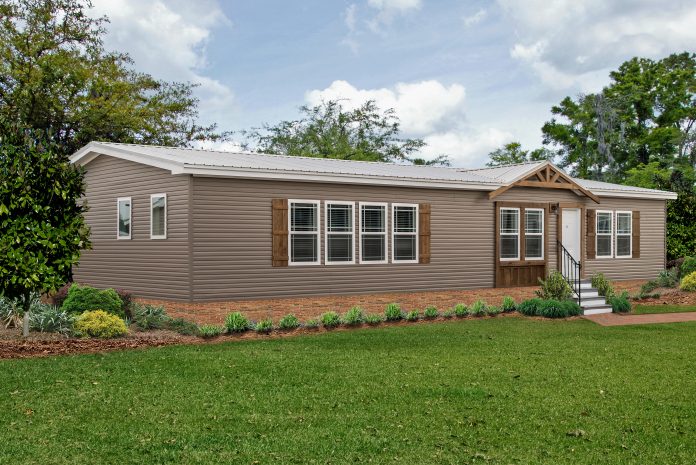A disparate impact claim allows a plaintiff to attack a housing policy that may seem nondiscriminatory on its face, but which has a disparate impact on certain protected classes
Community owners and operators dealing with Fair Housing has become a top issue as more and more owners are shoveling out money for fines and lawsuits.
Hardly a week goes by that I don’t hear about another community owner getting nailed over these issues. Thanks to Rick Robinson of MHI, industry leaders are learning about the dangers that community owners, and to a more limited extent, retailers face every day.
The Fair Housing Amendments Act of 1988 (“FHAA”) is a federal law prohibiting discrimination in the rental of dwellings for certain protected classes.
The exhaustive list of protected classes consists of:

- Race
- Color
- Religion
- Sex
- National origin
- Familial status
- Handicap
The Americans with Disabilities Act, ADA, also provides additional protection for individuals with disabilities.
In addition to federal laws, there are a morass of state, regional, and local laws, rules, regulations, and letters of advisement to deal with as well.
HUD Guidance on Disparate Impact Stems from Screening Practices
The Fair Housing Act, FHAA, ADA, and state or local laws are called the “Acts”, which seek to prevent discrimination in housing. A community owner should adopt clear and uniform application and leasing practices to ensure that members of all protected classes are treated equally.
The Department of Housing and Urban Development (HUD) issued guidance on background checks in a document, dated April 4, 2016, conducted during the application process.
This is a very new area of compliance for Fair Housing and is based on a Supreme Court ruling affirming the validity of applying disparate impact to the screening methods and standards of community owners and other community owners.
How Criminal Background Checks Affect Disparate Impact
HUD warned on April 4, 2016 that criminal records-based barriers to housing are likely to have a disproportionate impact on minority home seekers. This is in light of statistics that show African Americans and Hispanics are incarcerated at rates disproportionate to their share of the general population.
Accordingly, community owners will need to have a substantial, legitimate, and nondiscriminatory reason for implementing a policy that considers criminal records in the housing application process. Moreover, community owners and management should ensure the interest achieved by criminal background screening cannot be achieved by another practice that has a less discriminatory effect.
Criminal background checks are being reviewed by HUD to determine whether processes have a potential “disparate impact” (meaning “unintentional impact”) on protected classes. This is regardless of whether a background check policy is non-discriminatory on its face.
Thus, while criminal background checks should be conducted in a uniform manner, the results should be reviewed and analyzed on an individual basis to ensure that applicants are not denied based on discriminatory purpose or disparate impact.
When this subject comes up, the question I most often hear is, “How exactly does a disparate impact claim work? And is it as draconian for community owners as it seems?
The short answer is that while the threat of a disparate impact claim may give management a bit of heartburn, there are safeguards in place to protect legitimate, nondiscriminatory policies and practices.
As I’ve written about before, a disparate impact claim allows a plaintiff to attack a housing policy that may seem nondiscriminatory on its face, but which has a disparate impact on certain protected classes. As upheld by the Supreme Court, and as originally promulgated by HUD, a disparate impact claim encompasses a burden shifting framework.

A Deeper Examination of Disparate Impact
So, what does that mean in plain English? Well, under the Supreme Court’s guidance, a disparate impact claim works as follows:
First, the plaintiff must make a threshold showing of disparate impact, meaning that the plaintiff must show that a challenged practice or policy has caused, or will cause, a discriminatory effect.
Importantly, pursuant to the Supreme Court’s guidance, there must be a causal relationship between the defendant’s practice or policy and the discriminatory effect – if there is not, then the plaintiff cannot make its required initial showing, and the case is dismissed.
If the plaintiff does make this initial showing, then the burden shifts to the defendant to show that the practice or policy is necessary to achieve one or more substantial, legitimate, non-discriminatory interests. Presuming the defendant makes this showing, then the burden shifts back to the plaintiff to prove that the interests offered by the defendant in support of the practice or policy could be achieved by another practice or policy with a less discriminatory effect.
The above framework may seem complex. But the key takeaway is that ownership is still able to articulate and rely on a valid interest served by the challenged practice or policy as a defense to a disparate impact claim.
Threshold Requirements are ‘Robust’
The causal requirement set out by the Supreme Court – which the Court itself described as needing to be “robust” – is designed to ensure that defendants will not be held liable for disparities that they did not create. In fact, the Supreme Court specifically has cautioned that courts should examine with care whether a plaintiff has met the threshold requirements to make a disparate impact claim. And that courts should promptly dismiss those cases where the plaintiff’s initial showing is insufficient.
While the safeguards can provide community owners with a little peace of mind, it is still instrumental for them to analyze all practices and policies to determine if they might have a discriminatory impact on any protected classes. If so, consider whether there are any less discriminatory means that might equally achieve the intended goals of the practice or procedures.
Professional, Legal Counsel Recommended in Many Cases
It is strongly suggested that most operations will either need to retain a qualified consultancy, or an experienced regulatory attorney or firm, as this requires careful calculation and documentation.
In the rental of manufactured homes or lots to homeowners, ignorance of the Acts is not considered an excuse for avoiding liability. A discriminatory act or statement at any stage of the rental process can place community owners on the losing side of a lawsuit.
Community owners can be held liable, through vicarious liability, for any discriminatory act made by an employee who is at any level in the company, or an agent of the community owner.
By holding community owners liable for all levels of employment or third-party agents, the community owner must take affirmative action to provide training to all staff. Community owners should protect against liability under the Acts by making sure their employees are highly trained in what to say and what to do when dealing with prospective residents and current residents as well.














